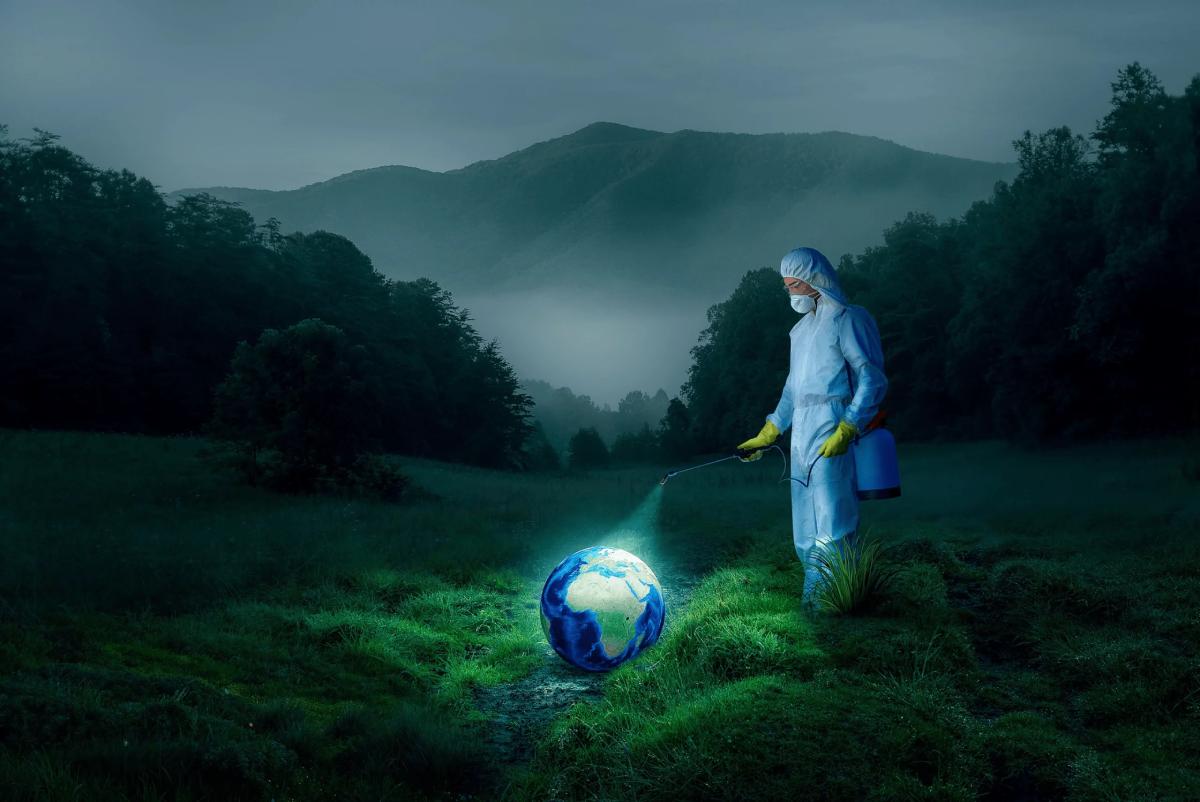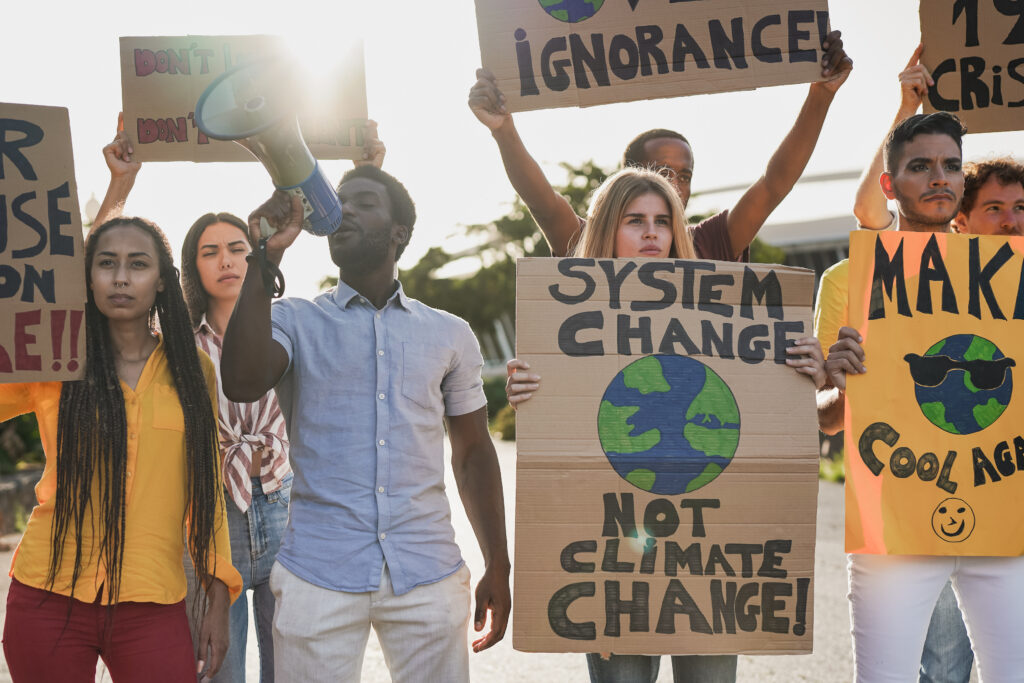
WHO Director-General Tedros Adhanom Ghebreyesus this month said that the COVID-19 pandemic is at a turning point. Reported deaths are at their lowest since March 2020 and the “end is in sight”.
This statement led to overreactions across the globe – even from the President of the United States himself.
“The pandemic is over. We still have a problem with COVID. We’re still doing a lot of work on it. But the pandemic is over,” said President Joe Biden in an interview with Scott Pelley on “60 Minutes.”
President Joe Biden’s statement about the COVID-19 pandemic has left many citizens confused and frustrated about the current situation. After all, around 400 people a day still succumb to COVID in America.
The President’s statement has left medical experts confused
The President’s remarks have caused concerns that they may do more harm than good.
Medical experts have shared their frustrations regarding the President’s statement, calling it a dispute with data and science.
“We’ve had two million cases reported over the last 28 days, and we know underreporting is substantial,” Dr. Michael T. Osterholm, an infectious disease specialist at the University of Minnesota, told The New York Times.
He added that the President’s statement was a hasty assumption: “COVID-19 continues to be the No. 4 cause of death in the country.”
“Let’s not declare the pandemic over,” Dr. Carlos Del Rio, an infectious disease specialist at Emory University told NPR. “Right now we’re in a good place, and we need to continue working hard to keep it that way.”
The White House has also been urging Congress to release $22.4B in funds to fight the COVID-19 pandemic – funds that have been requested since the spring. The President’s comments also make it more challenging for health experts to convince Americans to get vaccinated.
“When you have the President of the U.S. saying the pandemic is over, why would people line up for their boosters? Why would Congress allocate additional funding for these other strategies and tools?” Dr. Celine Gounder, an epidemiologist and senior fellow with Kaiser Foundation also commented to NPR.
Summary of the statement made by WHO Director-General Tedros Adhanom Ghebreyesus
The truth is, we’re CLOSE to the point of successfully ending the COVID-19 pandemic.
WHO Director-General Tedros Adhanom Ghebreyesus said the world has “never been in a better position to end the pandemic”. He stressed that the world isn’t there just yet, but the end is in sight.
Dr. Ghebreyesus compared the current situation to that of a marathon runner:
“A marathon runner does not stop when the finish line comes into view. She runs harder, with all the energy she has left. We can see the finish line. We’re in a winning position. But now is the worst time to stop running.”
Dr. Tedros added that getting complacent in an advantageous position comes with a lot of risks: Risks including more variants, more deaths, more disruption, and more uncertainty.
WHO is releasing policies that all governments must observe to ‘finish the race’:
- All countries are urged to vaccinate 100% of the most at-risk groups
- Continue testing and sequencing for COVID-19, all the while integrating surveillance and testing services for those with other respiratory diseases
- Integrate a proper care system for COVID-19 patients
- Establish a concrete plan whenever there’s a surge of cases
- Maintain infection prevention and control precautions to protect health workers and non-COVID patients in health facilities
- Communicate clearly with communities when changing COVID-19 policies
- Train health workers to identify and address misinformation and develop high-quality health information in digital formats
To read WHO Director-General Tedros Adhanom Ghebreyesus’ full statement, click here.
Why it’s still not safe to claim the COVID-19 pandemic is over
The number of positive cases and deaths per day may have significantly dwindled. However, many medical experts still find the current number intolerable.
Dr. Anthony S. Fauci, head of the National Institute of Allergy and Infectious Diseases, had this to say to BBC News:
“Although we are much better off than we were months ago, as the President himself said, we still have a lot of work to do. We are not where we need to be if we’re going to be able to ‘live with the virus’. We need to get it down to a low enough level that we would feel comfortable.”
Dr. Fauci ended his statement by saying that the daily mortality rate is still unacceptable.
What’s more, millions of individuals are still suffering from the long-term effects of COVID-19 known as long-COVID. In fact, CDC reports that 1 in 4 adults above the age of 65 in the US still experience COVID symptoms a YEAR after infection. And studies have yet to find any long-term solution to prevent it.
When can we say that a pandemic is over?

Experts categorize a pandemic as an outbreak of a disease that affects the entire globe.
“Individual governments can decide if the disease activity in their country merits restrictions or public health measures,” Dr. Supriya Narasimhan, hospital epidemiologist and medical director at Santa Clara Valley Medical Center told Healthline.
She added: “The decision to end the pandemic is typically a decision made by the World Health Organization.”
In short, a pandemic can be said to be over once THE WORLD reaches a baseline level, including cases, deaths, and vaccination rates.
Final thoughts
The COVID-19 pandemic is far from over. However, there is reason to believe that the end is within reach as long as we stay the course. Despite President Biden’s claims that the pandemic is ‘over’, over 4,000 people around the globe died in a single DAY (September 19th). And that’s a conservative estimate.
Just because some of us aren’t health experts, that doesn’t mean we can’t help in ending the COVID-19 pandemic. Even if you’re fully vaccinated, you can still contract and transmit the virus to people who are more at risk.
Until we hear an official announcement from WHO, the least we can do is to play it safe and follow health protocols. This includes:
- Wearing a face mask when in public
- Staying up to date on all your vaccinations
- Avoiding crowded areas with limited airflow
- Disinfecting high-touch surfaces
- Isolating yourself immediately whenever you experience COVID-like symptoms
- Getting tested for the COVID-19 virus when appropriate via a PCR test
Luckily, getting tested for COVID-19 is easier today than ever before. You can either schedule an in-person lab test or have one delivered straight to your home. Moreover, if you reside in NYC, you can simply have an UBER deliver it to your desired location and get test results back in less than 24 hours.







